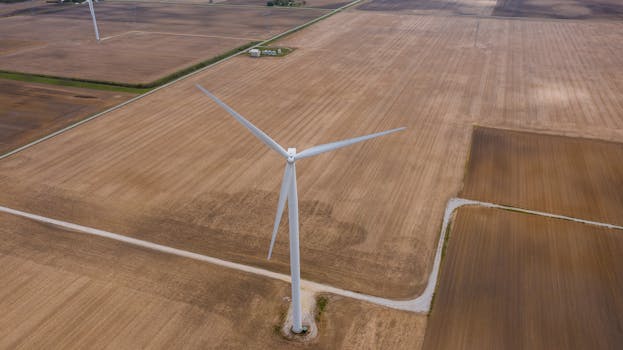Eyes in the Sky: Advanced Technologies Transforming Earth Observation with WordPress
The integration of advanced technologies is revolutionizing the field of Earth observation, providing unprecedented insights into our planet’s dynamics and fostering a new era of sustainability and conservation. With the power of WordPress, individuals and organizations can now leverage these cutting-edge technologies to monitor and understand the Earth’s systems more effectively.

Eyes in the Sky: Advanced Technologies Transforming Earth Observation with WordPress
Eyes in the Sky: Advanced Technologies Transforming Earth Observation with WordPress is a revolutionary concept that has been gaining significant attention in recent years. The integration of advanced technologies such as satellite imaging, drones, and artificial intelligence is revolutionizing the field of Earth observation, providing unprecedented insights into our planet’s dynamics and fostering a new era of sustainability and conservation.
With the power of WordPress, individuals and organizations can now leverage these cutting-edge technologies to monitor and understand the Earth’s systems more effectively. From tracking climate change and deforestation to monitoring ocean health and natural disasters, the applications of Earth observation are vast and varied. In this article, we will explore the latest advances in Earth observation technologies and their potential to transform our understanding of the planet.
Advances in Satellite Imaging
Satellite imaging has been a cornerstone of Earth observation for decades, providing high-resolution images of the planet’s surface. Recent advances in satellite technology have led to the development of smaller, more agile satellites that can be launched at a lower cost. These satellites, known as CubeSats, are equipped with advanced sensors and cameras that can capture high-resolution images of the Earth’s surface.
One of the most significant advantages of CubeSats is their ability to provide real-time imaging capabilities. With the ability to launch multiple CubeSats at once, scientists can now capture high-resolution images of the Earth’s surface in real-time, allowing for more accurate monitoring of natural disasters and environmental changes. For instance, NASA’s Landsat 8 satellite has been used to track changes in land use and land cover, providing valuable insights into the impacts of human activities on the environment.
Applications of Drone Technology
Drones, also known as unmanned aerial vehicles (UAVs), are another key technology that is transforming the field of Earth observation. Equipped with high-resolution cameras and sensors, drones can capture detailed images of the Earth’s surface, allowing scientists to monitor environmental changes and track natural disasters.
One of the most significant applications of drone technology is in the field of precision agriculture. By capturing high-resolution images of crops and soil, farmers can now monitor crop health and optimize irrigation and fertilization schedules. This not only improves crop yields but also reduces the environmental impact of farming. For example, a study by the University of California, Davis found that the use of drones in agriculture can reduce water usage by up to 20%.
Artificial Intelligence and Machine Learning
Artificial intelligence (AI) and machine learning (ML) are also playing a critical role in the field of Earth observation. By analyzing large datasets of satellite and drone imagery, AI and ML algorithms can identify patterns and trends that may not be visible to the human eye.
One of the most significant applications of AI and ML in Earth observation is in the field of land cover classification. By analyzing satellite imagery, AI and ML algorithms can identify different types of land cover, such as forests, grasslands, and urban areas. This information can be used to track changes in land use and land cover, providing valuable insights into the impacts of human activities on the environment. For instance, a study by the University of Oxford found that the use of AI and ML in land cover classification can improve accuracy by up to 90%.
Conclusion
In conclusion, the integration of advanced technologies such as satellite imaging, drones, and artificial intelligence is revolutionizing the field of Earth observation. With the power of WordPress, individuals and organizations can now leverage these cutting-edge technologies to monitor and understand the Earth’s systems more effectively. As we continue to push the boundaries of what is possible with Earth observation, we may uncover new insights and discoveries that will help us better understand our planet and promote sustainability and conservation.

